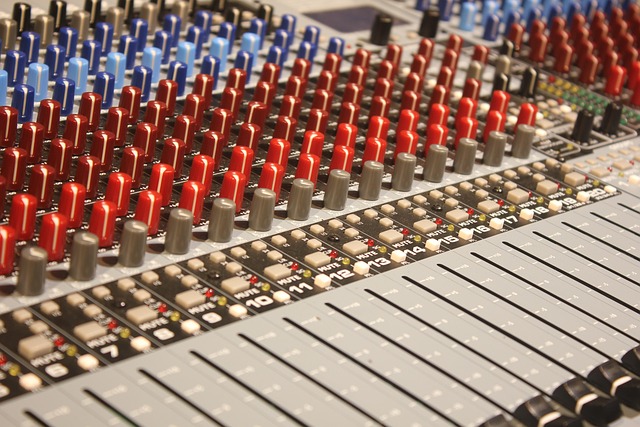When setting up your home cinema, audio quality can make or break the experience. One crucial aspect that is often overlooked is gain staging. Without proper gain staging, even the most sophisticated audio system can deliver subpar sound, affecting your enjoyment of movies and music alike. So, what exactly is gain staging, and how can you master it for flawless audio recording in your home cinema?
At its core, gain staging refers to the process of managing the levels of audio signals throughout your recording and playback system. If each component in your audio chain—such as microphones, mixers, and speakers—operates at the right level, your sound will be clear and free of distortion. On the other hand, improper gain staging can lead to issues like clipping, noise, or a weak signal that lacks presence.
To start mastering gain staging, it’s important to understand the hardware in your home cinema system. Whether you’re using a high-end AV receiver or a simple set of speakers, each component has a specific gain level that you need to fine-tune. Begin by setting the output level on your audio source—this could be a streaming device or Blu-ray player—so that it delivers a signal level that your amplifier can process without distortion.
Next, focus on the levels of your receiver and speakers. Ideally, you want to maintain a clear signal path where the audio can be amplified effectively without introducing noise. Perform tests at various volume levels, paying attention to how the sound changes as you adjust levels on your receiver or amplifier. Finding that sweet spot will greatly enhance your home cinema audio experience.
For those who love recording audio, whether for storytelling, music, or cinema, the principles of gain staging remain the same. When you’re laying down tracks, keep an eye on your levels to ensure they don’t clip or fall too low. A well-staged recording will result in a clean mix, allowing your audience to immerse themselves fully into the cinematic experience you’re creating.
In addition to technical aspects, gaining an intuitive feel for sound levels comes with practice. Listen to your favorite movies and analyze the audio—notice how the sound design complements the visuals. Observe how dialogue, sound effects, and music blend, and start applying those insights when you set up your own home cinema audio chain.
Furthermore, utilizing visualization tools can help you see your audio levels in real time. Many modern audio interfaces and digital audio workstations (DAWs) provide meters that can indicate whether your signals are too high or too low. Regularly checking these meters can help you stay on top of any adjustments that need to be made. Remember, small tweaks can make a significant difference in the overall sound.
As you dive into mastering gain staging for your home cinema, keep in mind that every room will present unique challenges due to acoustics. Consider factors like room shape, furniture, and wall materials—these can all impact how sound behaves in your space. Proper gain staging paired with effective acoustic treatments can elevate your audio experience to a level that rivals any commercial cinema!
In the end, a thoughtful approach to gain staging and audio management will not only enhance your home cinema but also ensure that you and your guests can bask in a rich and immersive sound experience. Whether you’re watching the latest blockbuster or enjoying your favorite playlist, getting this aspect right can turn your home cinema into an unforgettable audio-visual journey.



